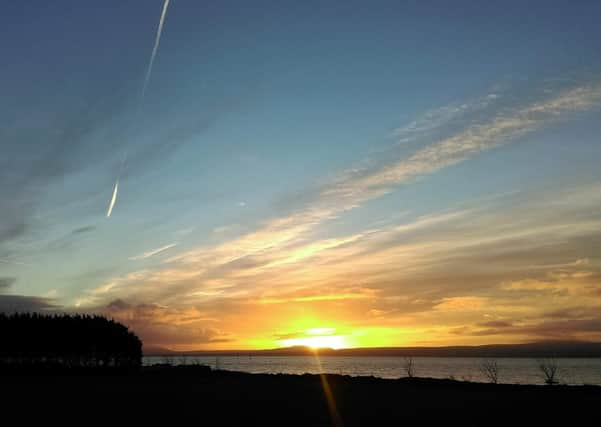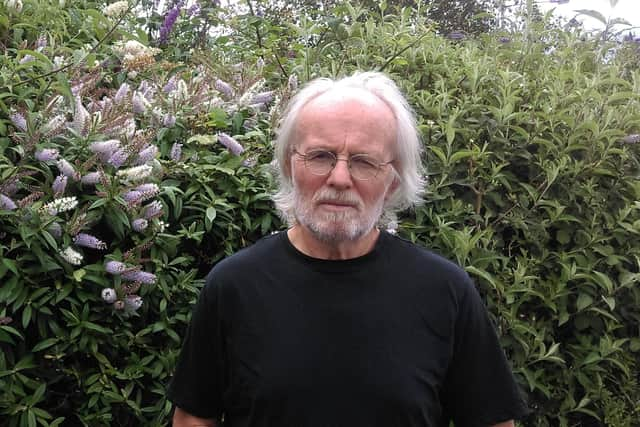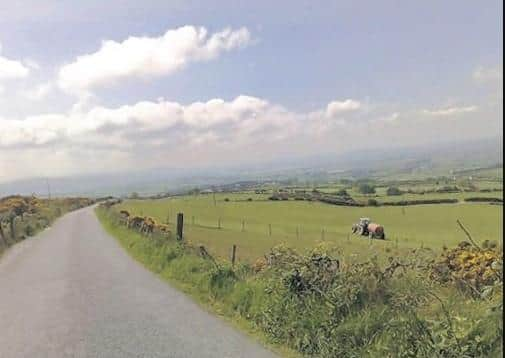Spring providing a sign of hope in these most difficult of times


I am writing over the Easter weekend. The weather is beautiful which makes being restricted as to where we can go even more irksome. Many of us would normally be heading for trips to the beach and countryside in Donegal. When this crisis is past I have no doubt we will appreciate just how great it is to live in Derry so close to such marvellous countryside on our doorstep.
It is possible to still enjoy the spring in our streets, houses, gardens and during our exercise times. I am luckier than most in that I have a garden. Like many people I am walking on a regular basis, mostly up Sheriff’s Mountain.
Advertisement
Hide AdAdvertisement
Hide AdSpring is very much a time of dramatic change brought about by the longer days and the increase in temperature. I would like to share some of the aspects of spring anyone can keep a look out for at this time.


Trees: Many of the trees are already in leaf. The hawthorn bushes at the side of our fields were originally planted to confine cattle with their sharp thorns. They look fantastic at this time. Their leaves are a lovely light green. The hawthorn is a miniature nature reserve. The leaves will be taking in carbon dioxide and pumping out oxygen allowing us to breath. In the next few weeks they will have their beautiful white ‘May’ blossom. Their nectar and pollen will provide food for bees and many other insects. Further up the food chain these ‘minibeasts’ will consumed by the birds. Many birds use the hawthorns sharp spikes to protect their nests. Most of the trees have now got their leaves but we will have to wait a week or two for the oak, Derry’s symbol, and the ash to show their leaves. Irish weather forecast: Oak before ash – there’ll be a splash. Ash before oak – there’ll be a soak.
Flowers: The hedgerows are beginning to fill with a wide variety of flowers. The most obvious is the dandelion, ( pee the bed to every Derry child). Much despised by gardeners as a weed but its brilliant yellow is a welcome addition to the colour palate after the dullness of winter. The colour attracts insects of all kinds to fertilise the flower. In scientific terms the flower and bee are codependent, needing each other to survive. In evolutionary terms which came first is an even tougher question than the chicken and the egg puzzle. Less well known flowers in the hedges at the moment are the brilliant clumps of bright yellow celandine and the more subtle pink of the lady’s smock.
Invertebrates: I saw my first bumble bee sometime in the warm spell of weather in January but have seen very few since. This week, however, I have heard many of them buzzing past me. These are queen bumble bees which have spent the winter hibernating in holes in the ground. They are now on the look out for pollen. They will lay their eggs and feed their caterpillars on the pollen. I have only seen one butterfly so far but a coal black ground beetle did cross my path on one of my walks.
Advertisement
Hide AdAdvertisement
Hide AdBirds: I was awake briefly this week at five o’clock and heard the full force of the dawn chorus. The male birds of each species use their individual song to advertise their health to a prospective mate and at the same time establish a territory to feed their young. Telling which bird is singing can be tricky but a good start is the song thrush. It repeats the same song three times but has a wide variety of tunes. Sheila, a friend of mine, said she was keeping an eye on a blackbird’s nest in her garden. I was able to tell her that nest building takes about a week, egg laying a week and feeding the young a further two weeks. They lay about four eggs and can repeat the whole process three times during the summer. Wildfowl swans, geese, ducks and waders have spent the winter us. One of the best places to see them is around Inch Island (sadly at the moment in forbidden territory). They are heading for the arctic. Our summer migrants from the tropics will also be joining us soon. Keep an eye out for the first swallow. For me its usually April 17th.


Mammals: All our native mammals will be breeding now. I have seen quite a few dead badgers along the roadside. At this time of year last year’s cubs are driven out of the sett to make way for new arrivals. These ‘teenagers’ roam about and in new territory are frequently killed. The only live mammal I have seen is the bats which fly around my house at dusk. The Wuhan bats have got a very bad press of late but the emergence of our native bats from hibernation is one more sign that the long days of summer are ahead of us.
Spring continues without us and our present troubles. At this time of great stress we can still draw parallels with nature. We need the colour of the spring flowers to brighten the gloom in which we find ourselves. We are thankful for the many people who are showing the same care as the blackbird in attending to the sick and supplying us with the basic necessities. Hopefully like the bats we will in good time emerge from our enforced hibernation. Just this morning I was delighted to hear a lark singing high in the sky above Sheriff’s Mountain. No better symbol of hope. We live in such dark, dangerous and worrying times. Perhaps we can all take comfort from the annual miracle of spring as we look forward to better times ahead.